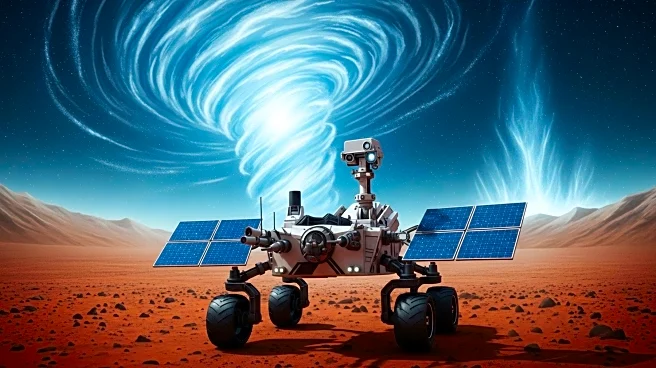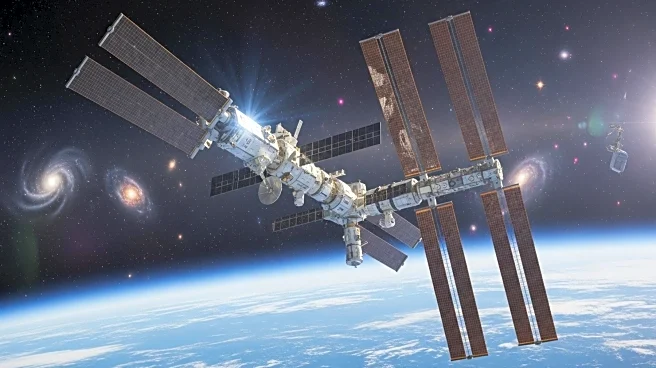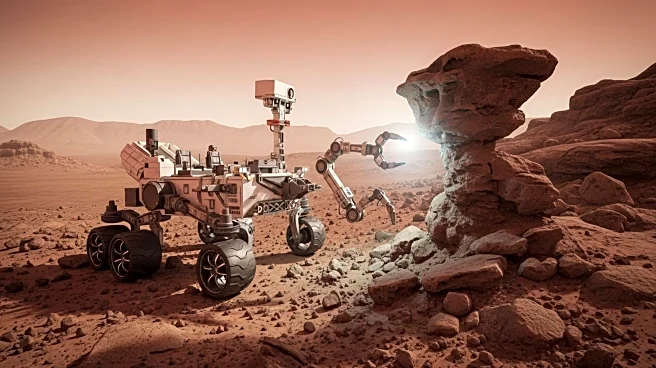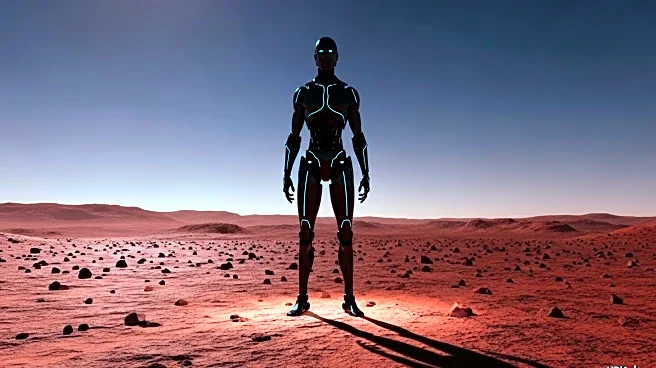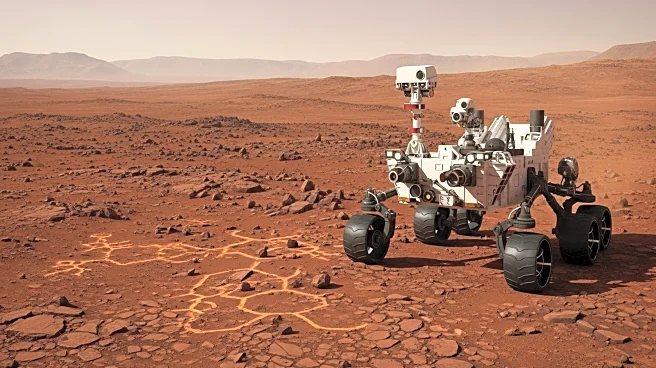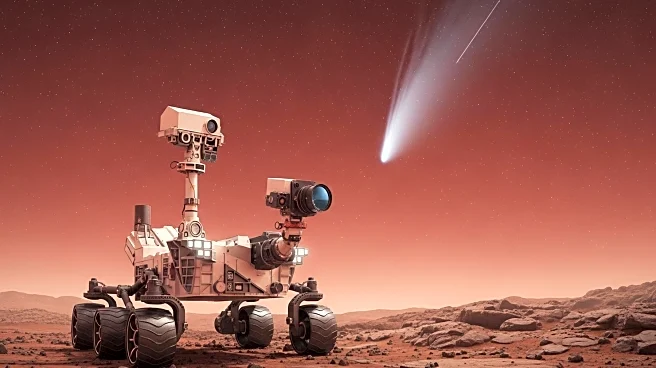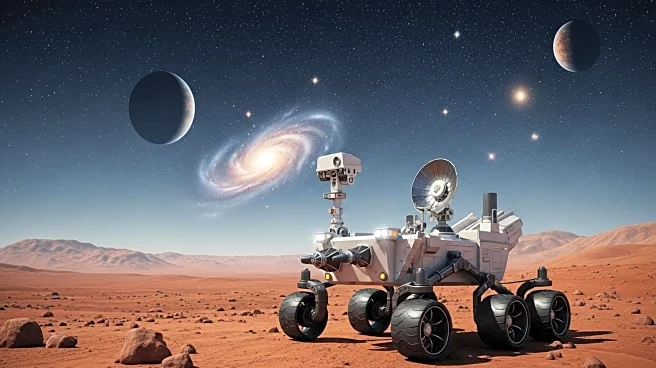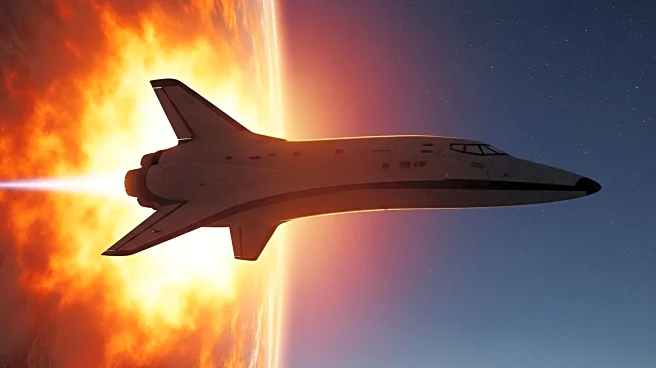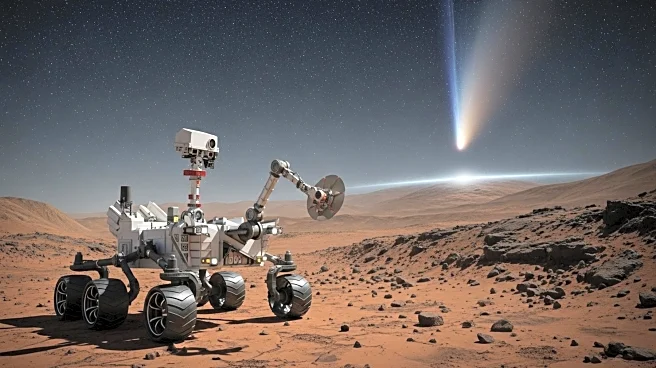What's Happening?
NASA is increasingly relying on advanced robotics to support its evolving mission architecture, particularly for deep-space exploration. The agency has developed autonomous systems capable of making navigation decisions, detecting faults, and adjusting to unexpected obstacles without human input. This shift is driven by the need to overcome communication delays in deep-space missions, such as those on Mars. The Curiosity rover, for example, has demonstrated the ability to conduct complex scientific analyses autonomously, proving the viability of long-term robotic operations in harsh environments. NASA's focus on autonomy is not just a technological luxury but a mission requirement, enabling robots to operate independently in remote and challenging conditions.
Why It's Important?
The advancement of robotic autonomy is crucial for NASA's future exploration goals, including longer missions and human crews further from Earth. Autonomous systems reduce the need for real-time human control, allowing for more efficient and flexible mission operations. This capability is essential for exploring distant planets and moons, where communication delays can hinder mission success. By enhancing robotic intelligence and adaptability, NASA can expand its scientific reach and improve the reliability of its missions. The development of autonomous systems also supports the agency's broader objectives, such as the Artemis program, which aims to establish a sustainable human presence on the Moon.
What's Next?
NASA plans to continue integrating advanced autonomy into its robotic systems, with future missions expected to rely even more heavily on these capabilities. The agency is exploring new technologies, such as miniaturization and hybrid power sources, to enhance the performance and longevity of its robotic platforms. Upcoming missions, like the Mars sample return campaign, will involve coordinated robotic systems working together autonomously. NASA is also considering how robots might assist in constructing habitats and preparing landing zones for human missions. These developments will pave the way for more ambitious exploration efforts, potentially including human missions to Mars and beyond.
Beyond the Headlines
The push for robotic autonomy raises ethical and operational questions about the balance between human control and machine independence. As robots take on more complex tasks, ensuring their reliability and safety becomes paramount. NASA must address challenges related to energy constraints, data transmission, and environmental hazards to maximize the effectiveness of autonomous systems. The agency's efforts in space robotics are not only advancing exploration but also setting the stage for future innovations in other fields, such as artificial intelligence and autonomous vehicles.

